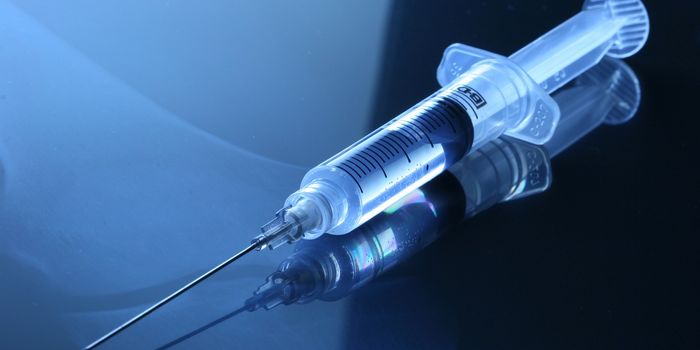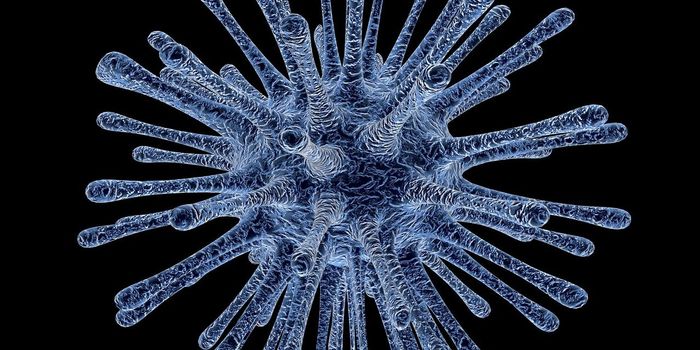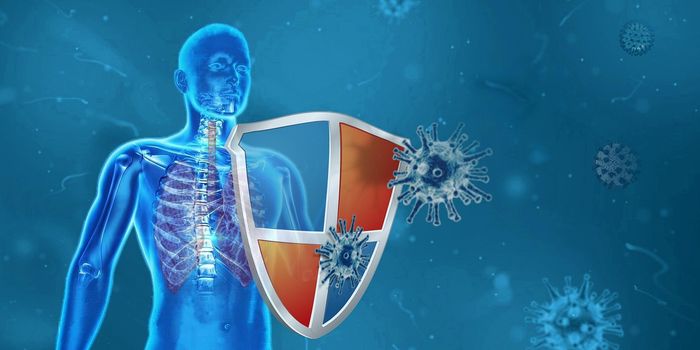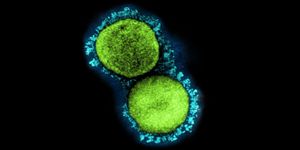One Vaccine to Rule Them All
There are currently five variants of concern in the U.S., mutant forms of the COVID-causing coronavirus. These variants have been red-flagged by health authorities due to their ability to spread more easily or cause more severe forms of COVID-19. For now, scientists don’t fully understand if these variants could push back the progress we’ve made with COVID-19 therapies and vaccinations, many of which were designed to target the spike protein from the “original” SARS-CoV-2.
Will the vaccines we have still be effective for future, more problematic SARS-CoV-2 variants? Experiments to answer this question are currently underway. In the meantime, researchers have also been looking into the possibility of developing “pan-virus vaccines” that could shield us against emerging variants as well as related coronaviruses.
These special vaccines trigger our immune systems to produce broadly neutralizing antibodies, Y-shaped proteins capable of recognizing and eliminating multiple strains of the same virus. Many such antibodies have been naturally produced and isolated from individuals infected by viruses such as HIV. In theory, the right vaccine could elicit a similar protective response in people. The most attractive benefit of such pan-virus vaccines is that they could be manufactured and deployed before the next coronavirus threat emerges.
Encouragingly, scientists have already identified cross-neutralizing antibodies that inactivate different strains of related coronaviruses. In a study published in Science, researchers found hundreds of antibodies from a patient who was previously infected by SARS-CoV, a coronavirus responsible for the SARS outbreak of 2003. Interestingly, nine of the antibodies they found in this donor could neutralize both SARS-CoV and SARS-CoV-2. Most of these targeted the domain of the spike protein that binds to ACE2 on human cells, a step required for viral entry during infection. Some of these antibodies could also neutralize a bat SARS-related virus, indicating that these could form the blueprints for the design of future pan-virus vaccines.
According to a recent commentary by experts in the field, creating these vaccines will be challenging but possible.
“It might not always be possible to obtain the ideal breadth of responses across a whole family of viruses,” wrote the authors. “But compromises can be made, and methods for delivering cocktails of antibodies (two or three, say) and vaccines are becoming feasible.”









